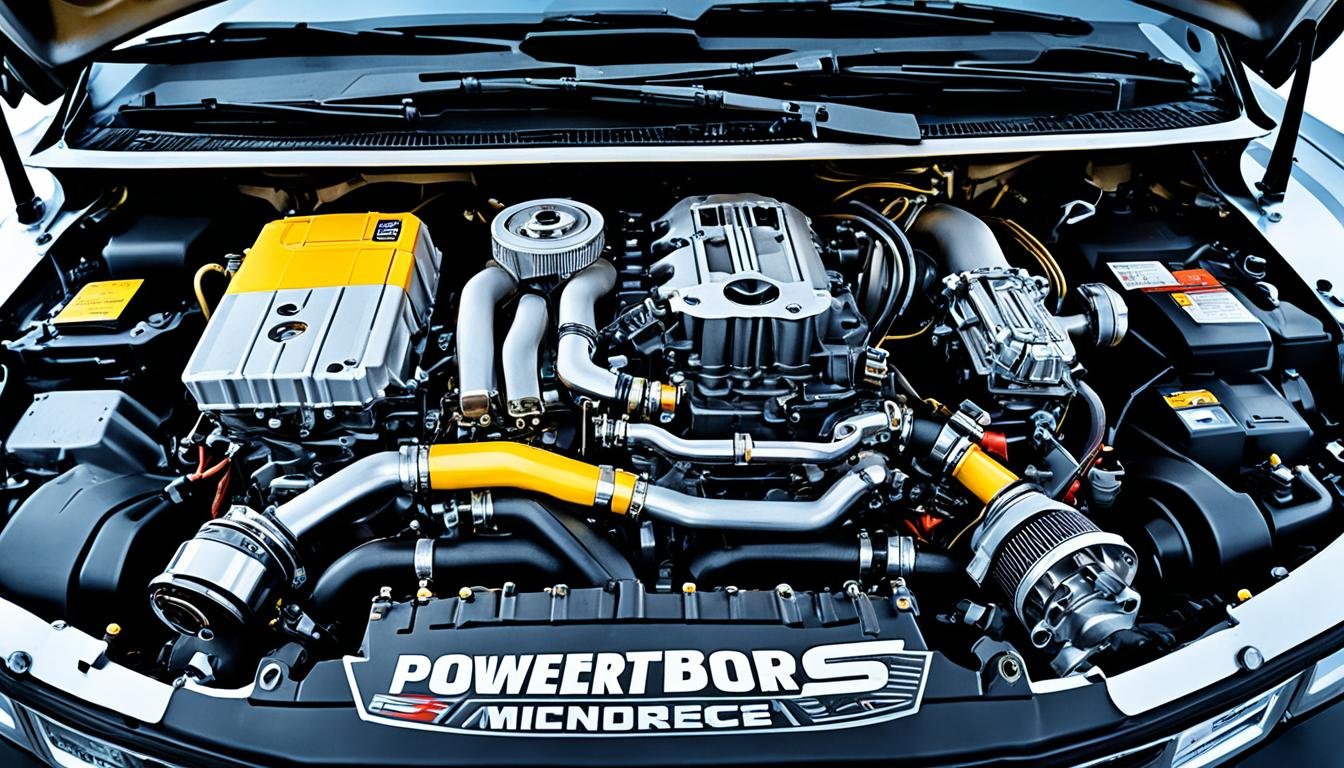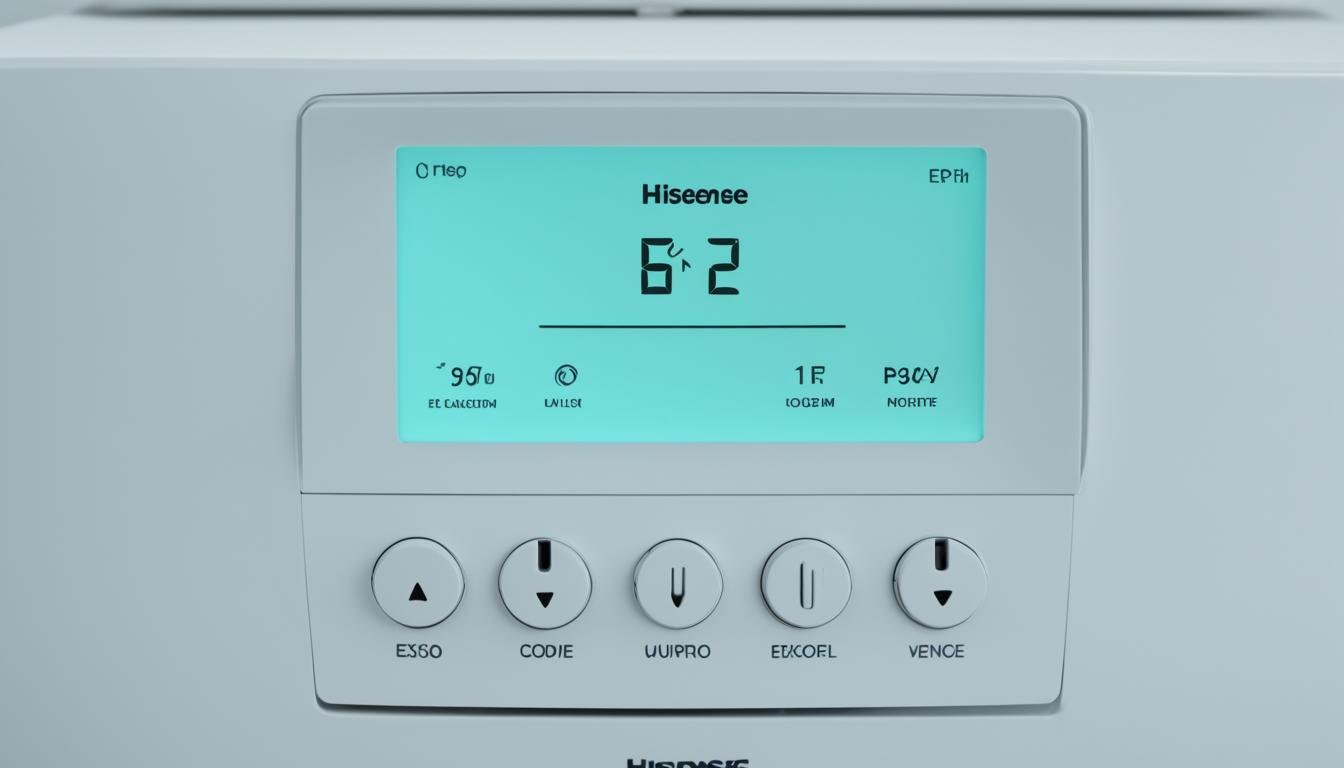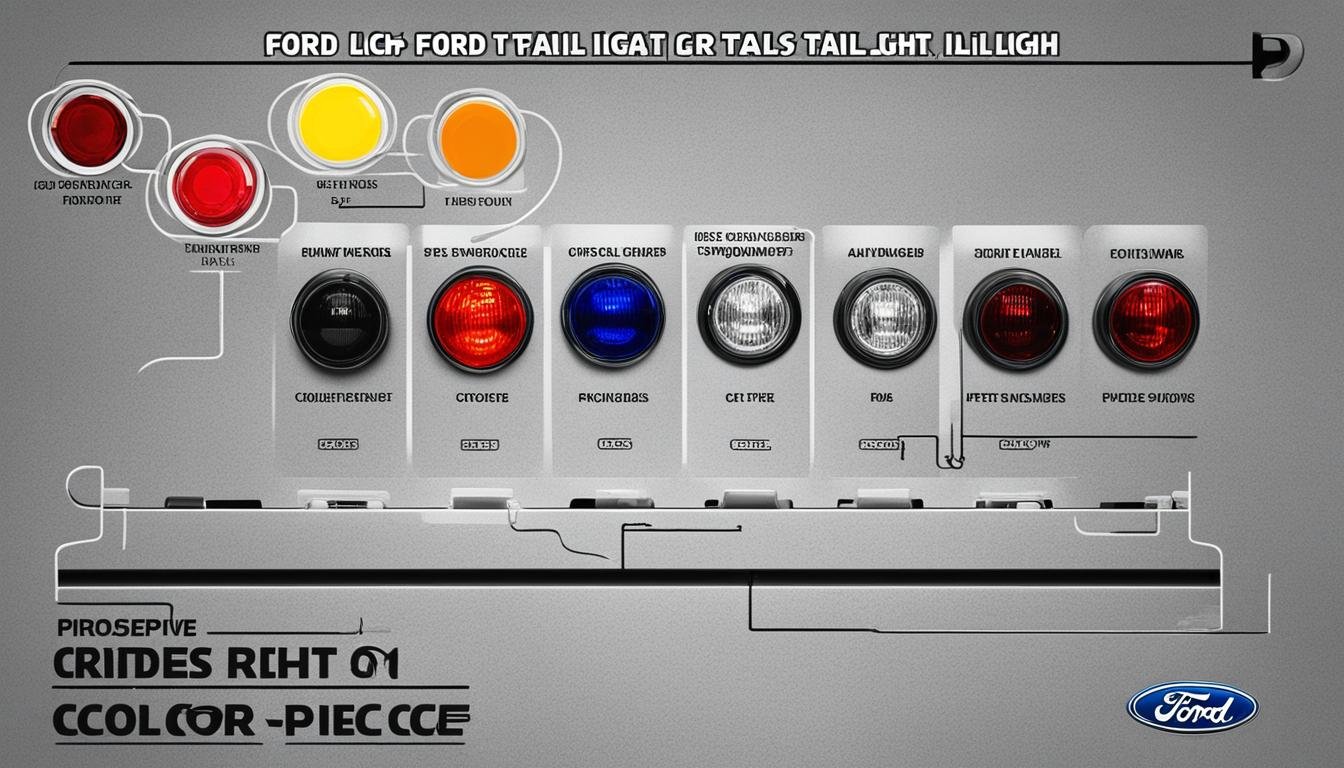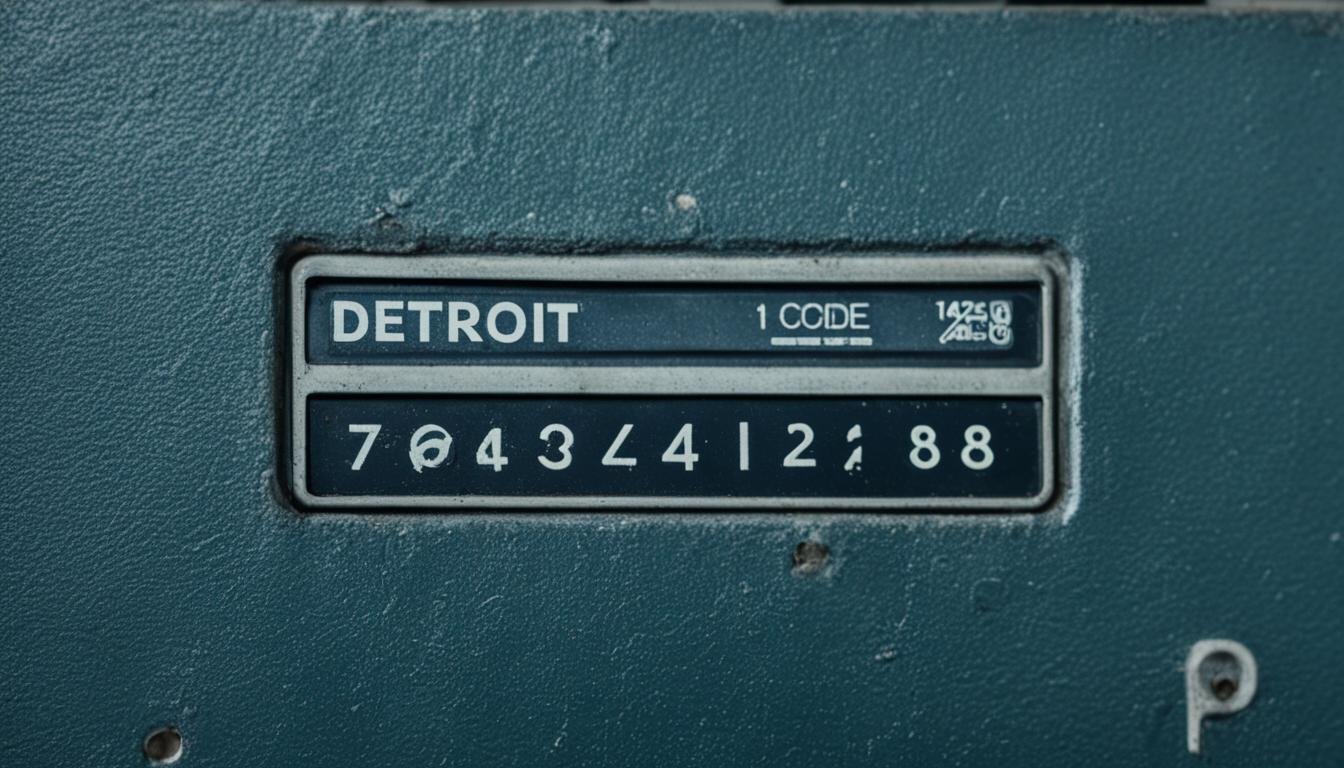When your vehicle’s Manifold Absolute Pressure/Mass Air Flow (MAP/MAF) sensor doesn’t match the calculated throttle position, it triggers the P2073 code. This code indicates a correlation issue between these two components at idle. If left unresolved, it can negatively impact your engine’s efficiency and power.
Key Takeaways:
- A P2073 code is a Manifold Absolute Pressure/Mass Air Flow – Throttle Position Correlation at Idle.
- Possible causes include faulty MAP or MAF sensors, air intake leaks, wiring issues, a failed air cooler assembly, or problems with the EGR system.
- Symptoms of the P2073 code include poor fuel economy and reduced engine performance.
- Diagnosis and repair involve checking the sensors, inspecting the air intake system, addressing wiring issues, and potentially replacing or repairing the air cooler assembly or EGR system.
- It’s crucial to address the P2073 code promptly to prevent further engine damage and optimize your vehicle’s performance.
Common Causes of the P2073 Code
When diagnosing and fixing the P2073 code in your 6.7 Powerstroke engine, it’s essential to understand the common causes that can trigger this issue. Here are the most prevalent culprits behind the P2073 code:
- Defective MAF or MAP Sensor: A malfunctioning Mass Air Flow (MAF) or Manifold Absolute Pressure (MAP) sensor can give inaccurate readings to the engine control module, leading to a P2073 code.
- Air Intake Leak: If there is a leak in the air intake system, it can cause incorrect readings from the MAP/MAF sensor, resulting in the P2073 code.
- Wiring Issues: Faulty wiring connections or damaged wires related to the MAP/MAF sensor can disrupt communication between the sensor and the engine control module, triggering the P2073 code.
- Failed Air Cooler Assembly: A malfunctioning air cooler assembly can affect the engine’s intake air temperature, causing inconsistent readings and leading to the P2073 code.
- Problem with EGR System: Issues with the Exhaust Gas Recirculation (EGR) system, such as a faulty EGR valve or clogged EGR passages, can result in a P2073 code.
These common causes should be thoroughly inspected and addressed during the diagnosis and repair process to effectively resolve the P2073 code issue.
Overview of Common Causes for P2073 Code
| Cause | Description |
|---|---|
| Defective MAF or MAP Sensor | Malfuntioning or damaged MAF or MAP sensors can result in inaccurate readings, triggering the P2073 code. |
| Air Intake Leak | Leaks in the air intake system can cause incorrect readings from the MAP/MAF sensor, leading to the P2073 code. |
| Wiring Issues | Faulty wiring connections or damaged wires related to the MAP/MAF sensor can disrupt communication and trigger the P2073 code. |
| Failed Air Cooler Assembly | A malfunctioning air cooler assembly can affect the engine’s intake air temperature, causing inconsistent readings and the P2073 code. |
| Problem with EGR System | Issues with the EGR system, such as a faulty EGR valve or clogged EGR passages, can trigger the P2073 code. |
Common Symptoms of the P2073 Code
If you are experiencing issues with your 6.7 Powerstroke engine and are seeing the P2073 code, it’s important to be aware of the common symptoms associated with this code. Recognizing these symptoms can help you identify the problem and take the necessary steps to fix it.
Poor Fuel Economy
One of the common symptoms of the P2073 code is poor fuel economy. If you notice that your vehicle is using more fuel than usual, it could be a sign that your engine is not functioning optimally. The P2073 code can affect the air-fuel mixture, leading to inefficient combustion and increased fuel consumption.
Reduced Engine Performance
Another symptom of the P2073 code is reduced engine performance. You might notice a decrease in power or overall engine responsiveness. Your vehicle may struggle to accelerate, and you may experience a lack of power when trying to climb hills or tow heavy loads. These performance issues can significantly impact your driving experience and should not be ignored.
To further diagnose the issue, it’s recommended to use a diagnostic tool to retrieve any additional trouble codes that may be present. This will help provide a more comprehensive understanding of the underlying issues affecting your 6.7 Powerstroke engine.

Addressing the P2073 code promptly is essential to prevent further damage to your vehicle’s engine and maximize its lifespan. In the next section, we will discuss how to diagnose and fix the P2073 code in your 6.7 Powerstroke engine.
How to Diagnose and Fix the P2073 Code
When faced with the P2073 code in your 6.7 Powerstroke engine, it’s important to diagnose and fix the issue promptly. Here are the steps to follow:
1. Check the MAF and MAP sensors: Start by inspecting the Manifold Absolute Pressure (MAP) and Mass Air Flow (MAF) sensors for any signs of damage or malfunction. These sensors play a crucial role in providing accurate readings for throttle position correlation. If you notice any issues, consider replacing them.
2. Inspect the air intake system: Look for any leaks or loose connections in the air intake system. Even a small leak can lead to an inaccurate reading from the sensors, triggering the P2073 code. Tighten any loose connections and repair any leaks you find to ensure a proper intake of air.
3. Check the wiring: Faulty wiring can cause a faulty signal between the sensors and the ECU (Engine Control Unit). Carefully inspect the wiring harnesses and connectors for any signs of damage or corrosion. If you discover any issues, repair or replace the wiring as necessary.
4. Repair or replace faulty components: If the above steps do not resolve the P2073 code, it’s recommended to replace the air cooler assembly or address any issues with the EGR system. These components can also contribute to the incorrect correlation between throttle position and sensor readings.
By systematically addressing these potential causes, you can accurately diagnose and fix the P2073 code in your 6.7 Powerstroke engine, restoring optimal performance and fuel efficiency.
FAQ
How can I fix the P2073 code on my 6.7 Powerstroke?
The P2073 code on a 6.7 Powerstroke indicates a Manifold Absolute Pressure/Mass Air Flow – Throttle Position Correlation at Idle. To fix this code, you can start by checking the MAF and MAP sensors for any damage or malfunction. Inspect the air intake system for leaks or loose connections. Check the wiring for any faults. If necessary, replace the air cooler assembly or repair any issues with the EGR system. It is recommended to address these potential causes systematically to accurately diagnose and fix the P2073 code.
What are the common causes of the P2073 code?
The common causes of a P2073 code on a 6.7 Powerstroke include a faulty MAF or MAP sensor, an air intake leak, a wiring issue, a failed air cooler assembly, or a problem with the EGR system. If any of these components are defective or malfunctioning, it can result in an incorrect reading from the MAP/MAF sensor, triggering the P2073 code.
What are the common symptoms of the P2073 code?
The common symptoms of a P2073 code on a 6.7 Powerstroke include poor fuel economy and reduced engine performance. If you notice a decrease in fuel efficiency or a significant loss of power or overall engine performance, it could indicate a P2073 code. It is important to address this issue promptly to prevent further damage to your vehicle’s engine.
How can I diagnose and fix the P2073 code?
To diagnose and fix the P2073 code on a 6.7 Powerstroke, it is recommended to start by checking the MAF and MAP sensors for any signs of damage or malfunction. Inspect the air intake system for leaks or loose connections. Check the wiring for any issues that could be causing a faulty signal. If necessary, replace the air cooler assembly or repair any issues with the EGR system. It is important to address these potential causes systematically to accurately diagnose and fix the P2073 code in your 6.7 Powerstroke engine.






Leave a Reply